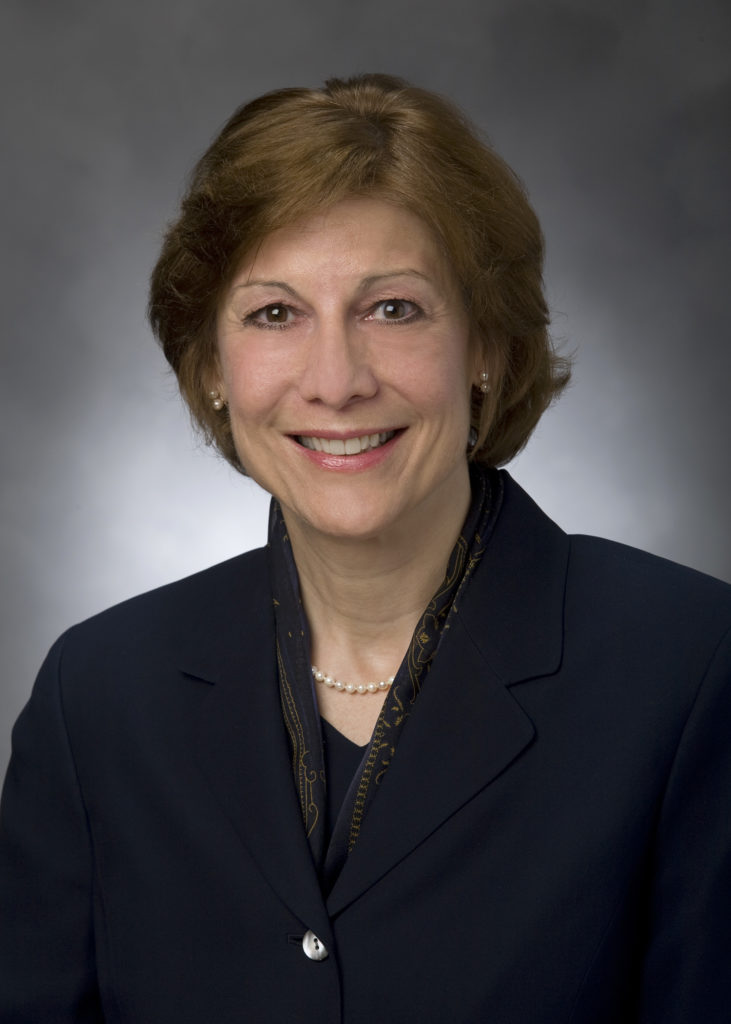

Female-led fintech WealthConductor is looking to transform the retirement savings industry in the age of COVID-19 with its integrated retirement planning software, IncomeConductor.
The startup designed IncomeConductor to allow financial advisers to illustrate their retirement savings plans to their clients during Zoom meetings. The software is a proprietary, cloud-based tool that lets advisers, firms and individuals create customized, time-segmented income plans that can be efficiently and compliantly tracked and managed throughout retirement.
IncomeConductor recently created its first-ever board, whose members have worked at financial giants such as JP Morgan, BNY Mellon, Nationwide and 3D Asset Management, to guide the firm in its growth throughout the pandemic.
Founder and CEO Sheryl O’Connor has been leading the startup since its founding just two years ago. What follows is an edited version of O’Connor’s conversation with InvestmentNews.

InvestmentNews: Why did you develop IncomeConductor and how does the platform work?
Sheryl O’Connor: When it comes to distributing a clients’ savings and retirement, advisers have been using a strategy that is decades old. Think about everything else in technology and even throughout society: Do we still use the tactics that we used back in the 1970s in 2020?
That's what’s happening in financial services. That strategy is basically called systematic withdrawal, which is like the 4% rule supported by Monte Carlo testing. What that gives the retiree is a probability of success. To understand how crazy that is, imagine getting on a plane and having the captain come over the loudspeaker and say: ‘Settle in, buckle up, we have a 78% probability of reaching our destination today.’ That's what financial advisers have told retirees going into retirement.
By 2029, there'll be 80 million people in retirement, which is huge, and if they're going to hold 80% of the wealth in the U.S., it's sort of like a perfect storm. It really is a perfect opportunity to disrupt the industry.
That’s what we set out to do -- first by utilizing a totally different strategy than systematic withdrawal. Instead, we use what’s called time segmentation. So we use a different strategy that gives the client a written plan, not a probability.
Second, we created a technology to support the whole process. Not only does the software create a customized plan for the client, it also pulls in all of their accounts. We have a very robust integration platform with direct integrations and open architecture integration partnerships. So it pulls in those values every single day of a client’s funding accounts. Then it gives them daily plan performance and analytics so they know exactly where they are every single day, no matter if the markets change, their needs change or tax laws change. They’ll know exactly where they are.
If a client only has a probability, they can only track against that probability as it goes up and down meaninglessly. If a client has a plan, they can see where they are with their plan every day.
IN: How does the software benefit advisers?
SO: What we did was we created an intuitive technology that illustrates the retirement plan in real time. We didn't ever envision COVID-19, obviously, but our advisers are getting on Zoom calls pulling up the technology’s interface illustrating their plan.
With the software, advisers can test out assumptions with the client. If the client says, ‘Well, what if I wanted to retire a year earlier, or what if I wanted to spend the first five years traveling the world?’ an adviser can enter that data within seconds, and the client can see the impact on their plan immediately in real time. So the clients have been having great fun with their adviser, testing out different assumptions and getting to the plan that they want.
On top of that, clients are now feeling a real ownership and involvement in the planning process. If there's anything that the client doesn't understand, they have the ability to ask the question in real time and get a real answer from advisers.
The software also curates easy-to-read reports. We work with ... people with dementia at times, and they just loved our reports because these are written in eighth grade reading language. They're short, a client could take it home and show it to a friend who knows nothing about finances, and they would totally understand what was going on in the report.
As people age, it's been proven that their financial acuity diminishes. As they get older and their memory starts to go, it's really important that they have documentation that they can read and understand.
IN: How is the diversity landscape, from your view, of female CEOs in fintech? Where can the industry make improvements?
SO: I've had experience working in the financial services for more than 20 years, it's been a very male-dominated industry, sort of like engineering. For example, my daughter's an engineer -- and she’s been told that she only got the job because she was a woman, that she only got a National Science Foundation grant, which is really hard to get, because she was a woman.
Technology firms need to ensure that they have really fair and gender-blind hiring practices. Too often you hear, when people talk about technology, it’s just assumed that there are going to be men developing software and not women. Moreover, I think firms have to be very transparent about their diversity stats and their policies around equal pay.
From an entrepreneurial standpoint, we need more funding going to female-led tech companies. In 2017, out of all the money that venture capitalists lent, only 2% went to women-led companies. In 2019, you would think that figure would get better -- it increased to 2.8%.
So we really have not made a lot of progress in this area. I've been personally frustrated with being passed over and not even being given a chance to communicate the value proposition of my firm just because I’m a woman.
The Kauffman Foundation published a study in 2019 on private technology companies led by women and found that they were more capital-efficient and they achieved a 35% higher return on investment to venture capitalists and a 12% higher revenue than startups run by men.
If I was an investor and I was being smart, I would put my money into a venture where I knew I was going to get a better return on investment. But it's such a challenge to break through even with these stats.

Rajesh Markan earlier this year pleaded guilty to one count of criminal fraud related to his sale of fake investments to 10 clients totaling $2.9 million.

From building trust to steering through emotions and responding to client challenges, new advisors need human skills to shape the future of the advice industry.

"The outcome is correct, but it's disappointing that FINRA had ample opportunity to investigate the merits of clients' allegations in these claims, including the testimony in the three investor arbitrations with hearings," Jeff Erez, a plaintiff's attorney representing a large portion of the Stifel clients, said.

Chair also praised the passage of stablecoin legislation this week.

Maridea Wealth Management's deal in Chicago, Illinois is its first after securing a strategic investment in April.
Orion's Tom Wilson on delivering coordinated, high-touch service in a world where returns alone no longer set you apart.
Barely a decade old, registered index-linked annuities have quickly surged in popularity, thanks to their unique blend of protection and growth potential—an appealing option for investors looking to chart a steadier course through today's choppy market waters, says Myles Lambert, Brighthouse Financial.
